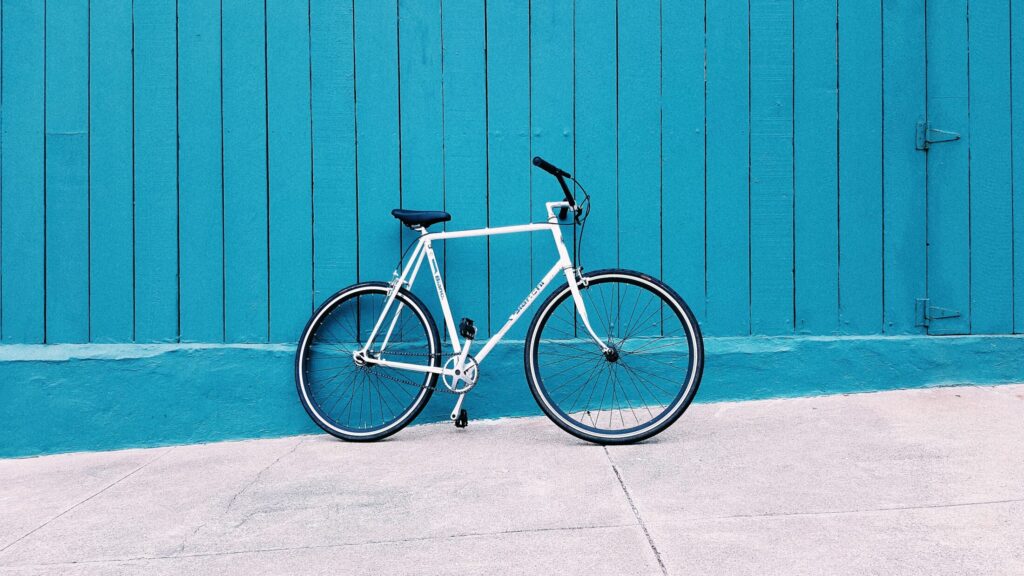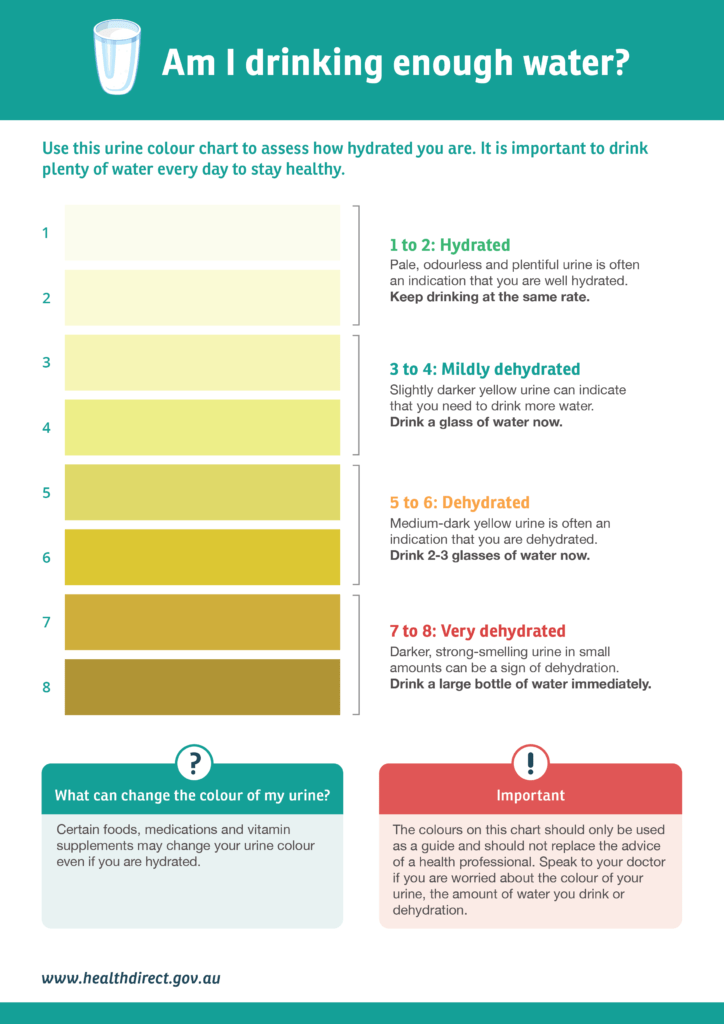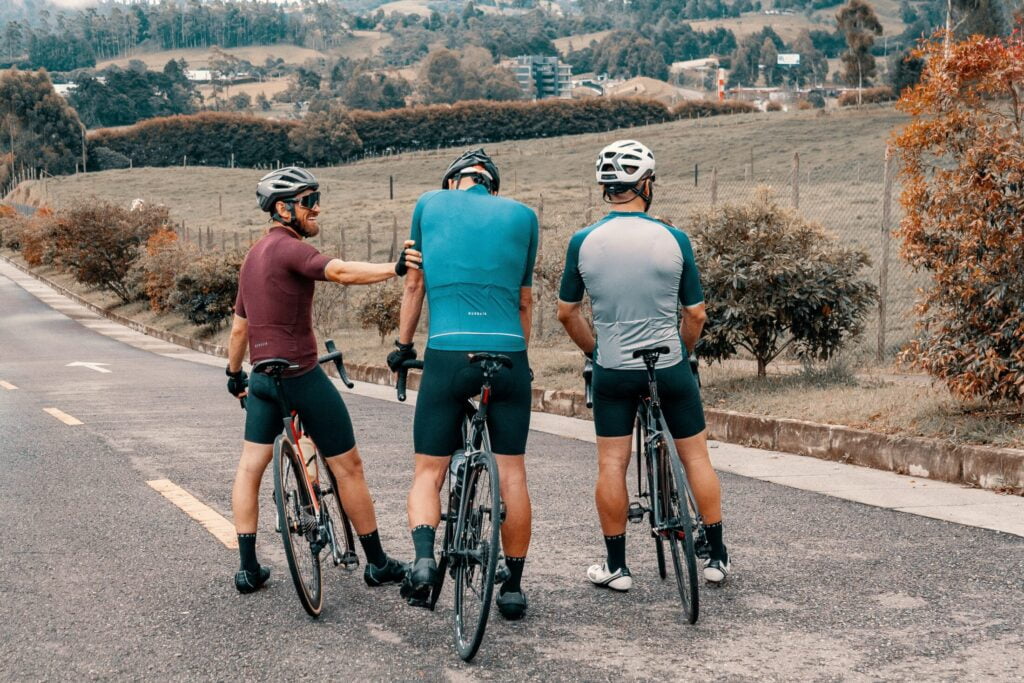BQ Tests: Ground Effect Baked Alaska
If you’ve ever turned up to a group ride, trailhead or bike tour and spotted a few riders already kitted out in Ground Effe...
As it gets warmer, bicycle riders need to prepare for the change in weather. It’s a given that at some stage you’re going to feel pretty uncomfortable, but we recommend a few strategies to guard yourself against overheating and complete discomfort. If you remember these strategies, you should be able to keep riding through the hotter months without fearing what the Aussie sun can do to you.

Water, on average, accounts for 60% of body weight and while individuals perspire differently, you could be losing up to a litre for every hour of exercise (Hydration for Health, 2018). If you don’t replenish at least this amount, you could risk becoming dehydrated. Stay properly hydrated on the week leading into big rides, during and after exercise and determine your level of hydration by checking your urine.

Keep your water bottle topped up and try not to let yourself become too thirsty, as this is one sign that you are probably already partly dehydrated. Other signs of dehydration are headaches, dizziness and/or dry mouth lips and tongue. For more information on the Queensland Government’s recommendations during hot weather, click here.
Wear light, bright coloured clothing that wicks the heat and reflects the sun away from your body. Take some sun protection (hats, sunglasses, and sunblock) on the ride with options of removing a layer as it gets hotter. A lightweight base layer will help keep you cool due to the fibres working the sweat away form the body actively keeping you cool. Freeze a bottle the night before and put this in your backpack to keep everything cool and by the middle of the ride, you’ll have some ice-cold water. You can also put a bunch of ice cubes in your camel pack. If you’re not used to riding in the heat, then keep your ride very short. Do a couple of smaller rides as it gives your body time to get used to sustained heat. For more information on what to pack check out our post on packing for your ride.

Leave home at the coolest part of the day and plan your ride to include plenty of rest breaks. If you’re near swimming holes or beaches, take a break to swim and rehydrate while chilling out. Plan your route to include pathways or trails that are shady and exposed to a breeze. Over exposed hilltops are usually dry and dusty so aim for the coasts as these regions are a couple of degrees cooler. Think about working on your technical skills like cornering and bike control rather than taking on great distances. Have a ‘plan B’ if things don’t go your way and if you’re not feeling right, stop, take some time out and reassess the situation.
We encourage considering increased regional hazards like fire or flood. The Bureau of Meteorology has some excellent information that may help with regional hazard recognition. You might like to plan a ride that finishes with a train ride. This way you can enjoy riding in the cooler part of the day and reduce the amount of riding you do on the way home.
The good thing about riding in hot weather is that the wind moving across your body will remove heat that your body produces. Remember, sweat is important as it helps regulate the body temperature during hard training, but the Queensland humidity can impair cooling as the sweat doesn’t evaporate as easily so keep the fluids up and ride to your ability.

If you’ve ever turned up to a group ride, trailhead or bike tour and spotted a few riders already kitted out in Ground Effe...
Matt Nauthe is a bike rider based in Brisbane, who joined Bicycle Queensland quite recently in 2024 – but riding bikes is n...
It has been said that the best gravel bike is whatever bike you own now. And in the same vein, the best way to start bikepack...
In a custom fit-out studio in Brisbane’s West End, riders of all types are finding their sweet spot - on the saddle. This i...